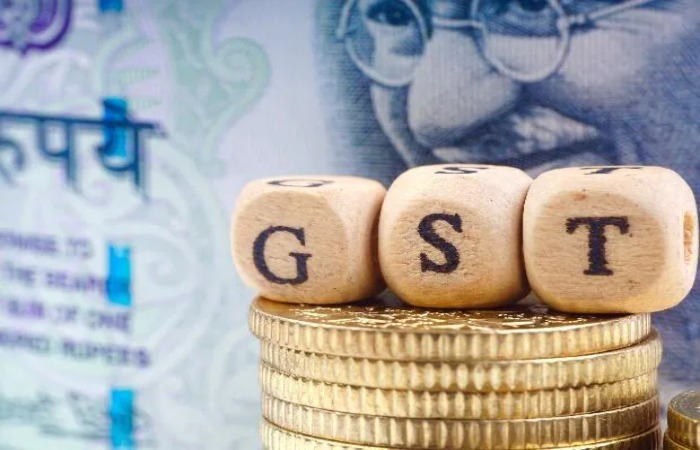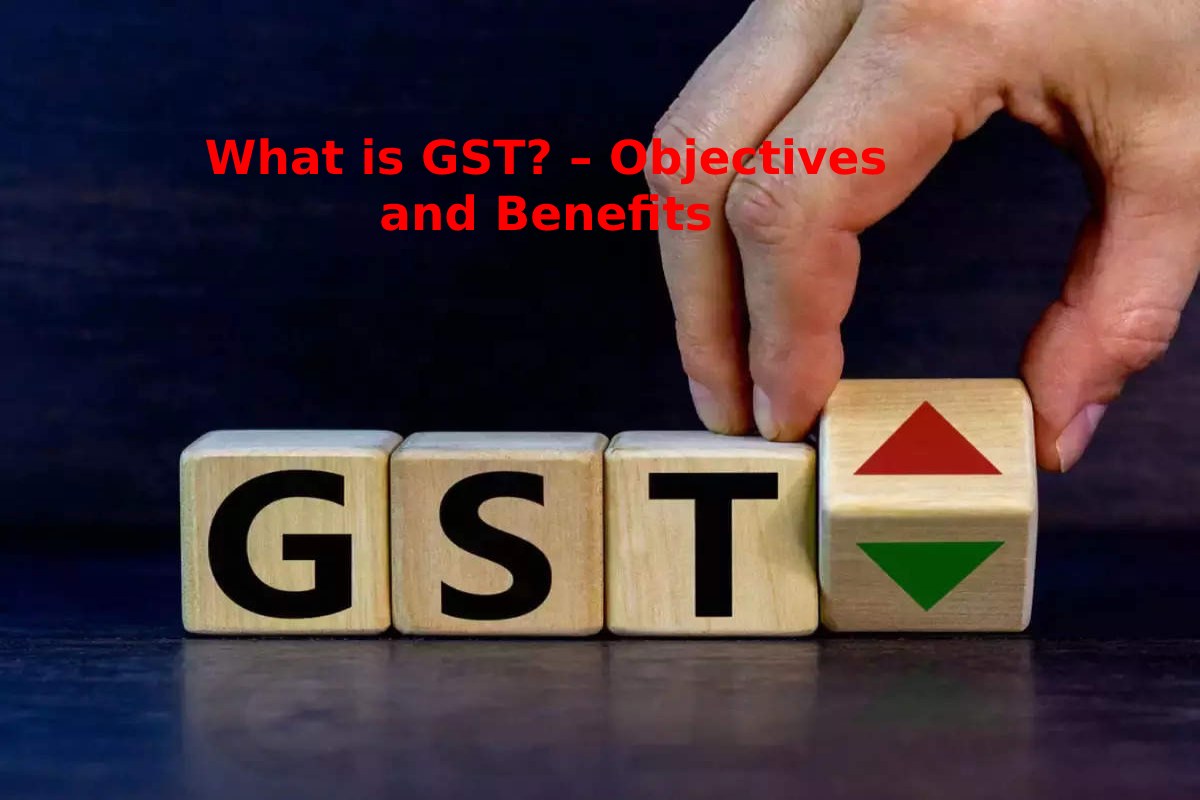GST has replaced many indirect taxes in India like consumption tax, VAT, service tax, etc. The GST is known as the Goods and Services Tax. The Goods and Services Tax Act was pass by Parliament on March 29, 2017, and came into force on July 1, 2017.
India’s Goods and Services Tax Act is a comprehensive, tiered and destination-based tax levied on every value creation. In other words, the goods and services tax (GST) applies to the supply of goods and services. The GST is a single national indirect tax law for the entire country.
Table of Contents
Objectives of Gst

Realization of the “One Nation, One Tax” Ideology
The GST replaced several indirect taxes that existed under the previous tax system. The advantage of a single tax means that all states apply the same tax rate for a given product or service. Tax administration is easier when a central government sets tax rates and guidelines. Common laws such as electronic bills of lading and electronic invoicing for transaction reporting can be introduce. Tax compliance is also better because taxpayers are not bogged down with multiple tax return forms and deadlines. In general, it is a unified compliance regime for indirect taxes.
Subsume Most Indirect Taxes in India
India had various inherited indirect taxes, such as service tax, value-added tax (VAT), central excise tax, etc., collected at several supply chain stages. The states and others regulated some taxes by the centre. There was no uniform and centralized taxation of goods and services. It is why the GST was introduce. Under the GST, all central indirect taxes have been combine into one. It has greatly relieved the taxpayer and simplified tax administration for the government.
Eliminate the Cascading Effect of Taxes
One of the primary purposes of the GST was to eliminate the cascading effect of taxes. Previously, due to different excise laws, taxpayers could not offset tax credits from one tax against another. For example, excise duties paid during manufacture could not be deduct from the VAT due on the sale. It led to a cascading effect of taxes. Under the GST, tax is only levied on the net value add at each stage of the supply chain. It eliminated the cascading effect of taxes and helped maintain accrued input tax credits on goods and services.
Fight Against Tax Evasion
The GST laws in India are much stricter than the old excise laws. Under the GST, taxpayers can only claim an input tax credit on invoices invoiced by their respective suppliers. This way, the chances of claiming tax credits based on incorrect invoices are minimal. The introduction of electronic invoicing has further reinforced this objective. Since the GST is a national tax and has a centralized control system, enforcing late payments is faster and more efficient. As a result, the GST curbed tax evasion and largely minimized tax evasion.
To Increase the Tax Base
The GST has helped broaden the tax base in India. Since the GST is a consolidated tax levied on goods and services, it has increased the number of businesses subject to the tax. Previously, each tax law had a different registration threshold based on payroll. In addition, stricter input tax credit laws have helped bring some unorganized sectors under the tax net—for example, the construction industry in India.
Online Procedures for Business Facilitation
In the past, taxpayers encountered many difficulties dealing with various tax authorities under each tax law. While tax filing was done online, most billing and reimbursement procedures were offline. Now, GST paperwork is done almost entirely online. Everything can be done in one click, from registration and submission to reimbursement and electronic invoicing. It has contributed to India’s general ease of doing business and dramatically simplified taxpayers’ tax compliance.
An Improved Logistics and Distribution System.
A single indirect tax structure reduces the need for multiple documents to deliver goods. GST minimizes transportation cycle times, improves supply chain and lead times, and leads to inventory consolidation, among other benefits. With the electronic invoicing system under the GST, the abolition of interstate checkpoints is highly beneficial to the industry because the efficiency of transit and destination is improve. Ultimately, this helps reduce high logistics and storage costs.
Promote Competitive Prices and Increase Consumption
The introduction of the GST also led to a rise in consumption and indirect tax revenues. Due to the flowing effect of taxes under the previous regime, commodity prices in India were higher than in world markets. Even among states, lower sales tax rates in some states have led to an imbalance in purchases. Consistent GST rates have contributed to generally competitive prices in India and worldwide. It increased consumption and generated higher income, which was another important objective.
Benefits of Gst
GST mainly eliminated the cascading effect on the sale of goods and services. The elimination of the cascade effect has affected the cost of goods. Since the GST regime removes the tax, the cost of goods decreases.
In addition, GST is primarily technology-driven. All activities such as registration, filing, requesting a refund and responding to communications must be done online on the GST portal, which speeds up the processes.
Conclusion
Goods and Services Tax is an unintended tax use in India on the source of goods and services. It is a complete, multistage, destination-based tax total since it has subsumed almost all the indirect taxes except a few state taxes.

